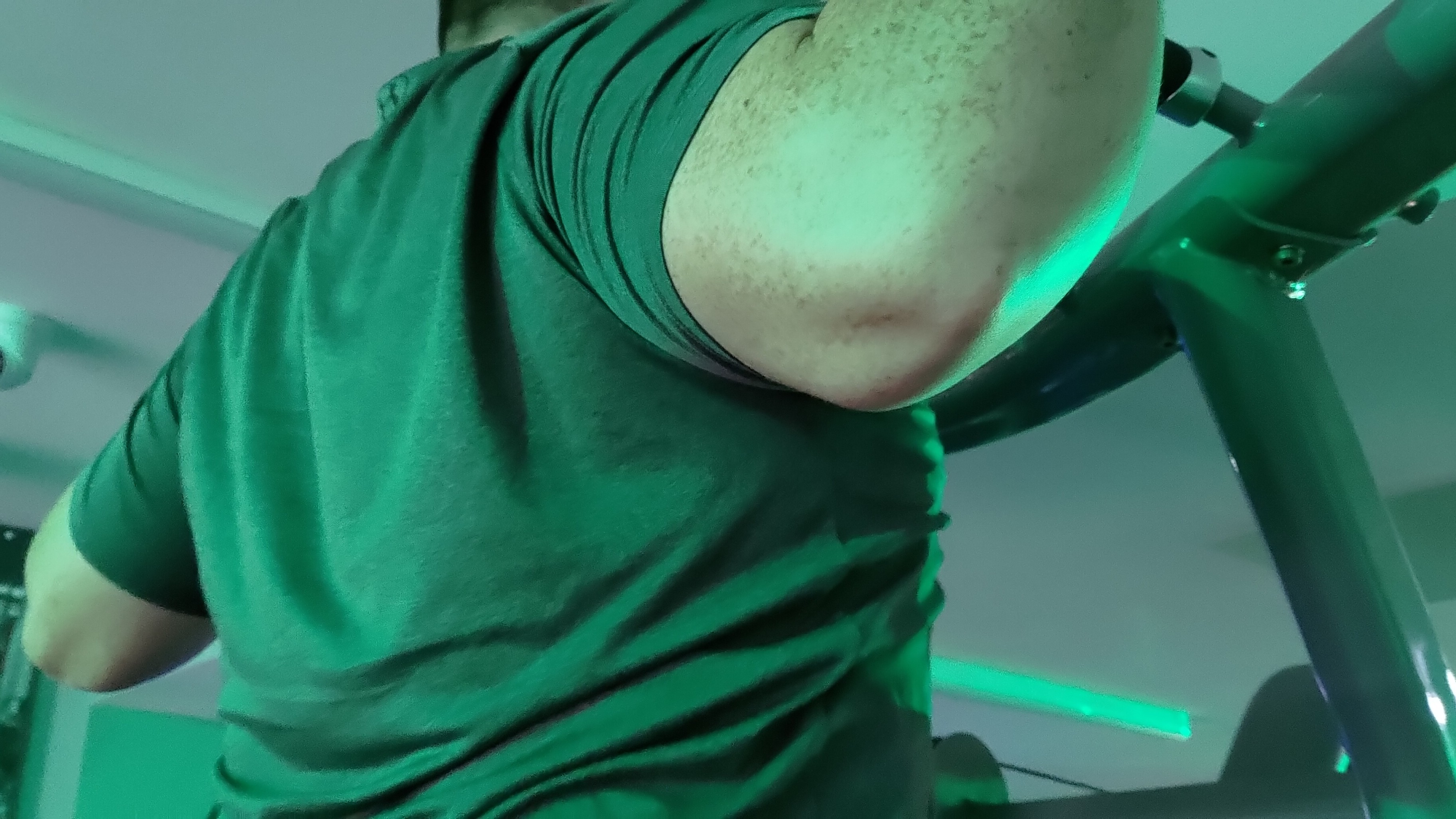ChatGPT burst onto the scene toward the end of last year. The novelty of the tool is still there, and it’s still fun to play with, but people are now looking for practical applications for OpenAI’s chatbot. I wanted to see if I could fit ChatGPT into my workflow, so I used it as a personal trainer to create a workout plan.
I played American football for almost a decade, and for much of that I trained at the gym regularly. After tearing several ligaments in my knee and getting surgery for some related injuries, I went to the gym five days a week for rehab. The process converted me into a gym rat. I have 24/7 access to a gym and several of my close friends work out there as well.
But working out can get boring over time. You need to mix things up, set new goals, and find new exercises to keep things free. I turned to ChatGPT to help me out, and it blew me away.
With little prompting, it made a solid workout plan catered toward my goals. It explained why it added certain exercises as well. I was then able to give follow-up and request changes to the plan. The end result was that ChatGPT made a workout plan that was indistinguishable from one made by a professional trainer.
To be transparent, ChatGPT didn’t suggest anything that was entirely new to me. I’ve worked out with the goal of playing American football for several years, so I’ve had advice from trainers, coaches, and players. The plan ChatGPT produced is similar to ones I’ve followed in the past.
But what makes ChatGPT impressive is that it came up with this plan with simple prompts that anyone could have asked. A person new to the sport or a player looking to get better could ask simple questions and get a starting point for a workout regime.
I’d still suggest running any fitness plan past someone with experience and knowledge about the gym, but it’s easier to tweak a plan than make one from scratch.
After making my own plan, I used ChatGPT to generate another fitness plan for a different position. I purposefully kept the prompts simple to not feed the chatbot too much information.
Here are the exact prompts I gave it for one of my follow-up tests:
- Can you help me make a gym plan?
- I’m an American football player. I play cornerback.
- Can you make this a plan that has me go to the gym three times a week?
- What if I wanna tackle better?
- Can you rewrite my workout plan with those things in mind?
The resulting fitness plan was almost entirely different to the one ChatGPT made for me with offensive and defensive line in mind. That’s a good thing as they’re different positions that require different skills and body types. Offensive and defensive linemen are generally large players who focus on short bursts of speed and being able to move people with force. Cornerbacks are faster players that need to be able to change direction quickly and sprint.
ChatGPT made a workout plan that was indistinguishable from one made by a professional trainer.
I spoke with the owner of my gym, who is also a personal trainer, about the plans created by ChatGPT. He was impressed by both plans I showed him and noted smaller details that the chatbot suggested, such as the order of exercises in each plan and tapering lifts down throughout a single session. He agreed that the plan was indistinguishable from one written by a personal trainer and loved that ChatGPT was so responsive to changes.
A non-person personal assistant

I’m going to follow this plan for the next 12 weeks to see how it stacks up to previous ones that I’ve followed. If I need to change it during that time, I’ll go back to ChatGPT for suggestions.
I’ve also dabbled a bit in having ChatGPT create meal plans. I’m going to focus on the gym side of things for now but the chatbot has already given me plenty of recipes to try that align with my fitness goals.
I’m curious to see how I can use ChatGPT in the future to improve my health and fitness. I’ve largely focused on playing American football over the years when it comes to the gym but as I get older my goals are shifting toward overall health. If this experiment goes well, I’ll try out the chatbot as a weight loss coach.





